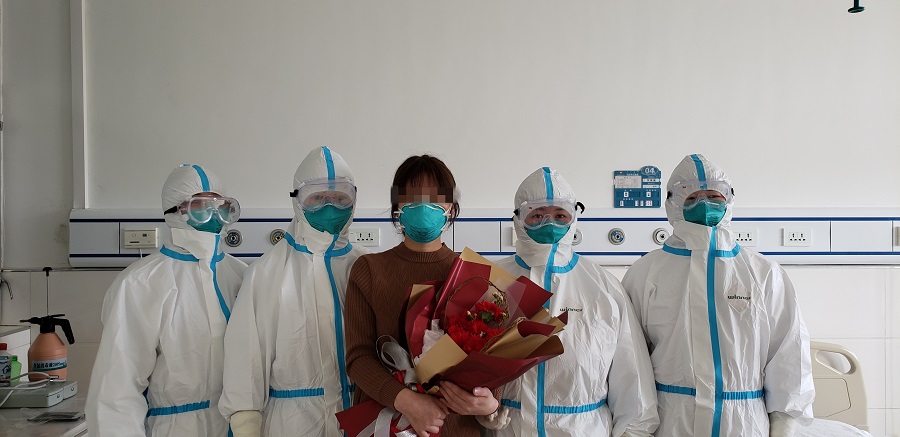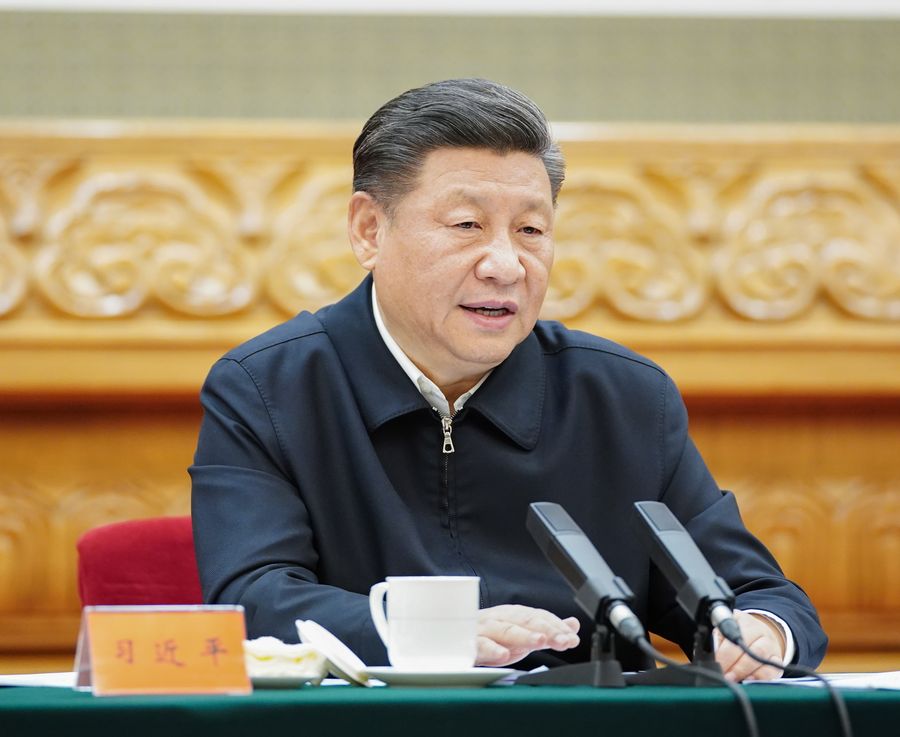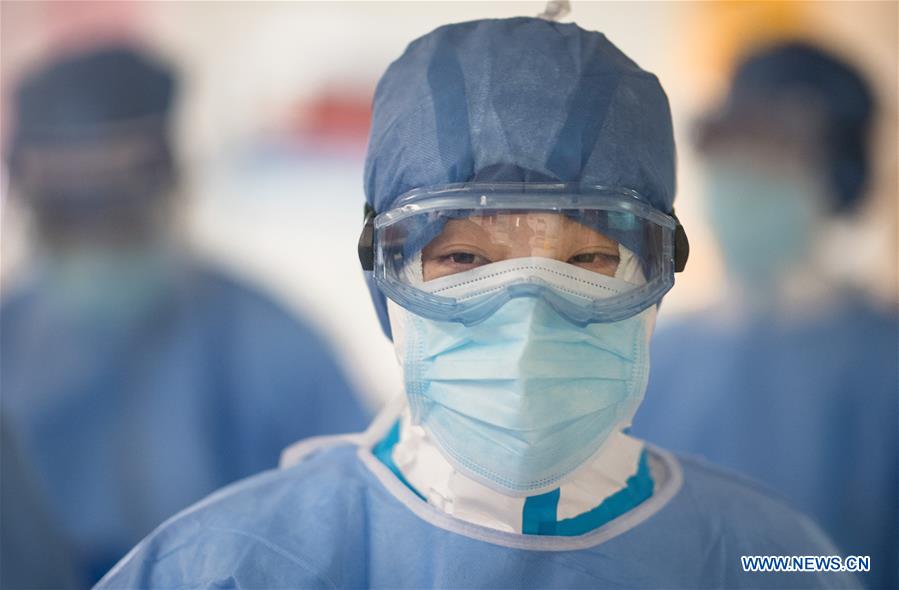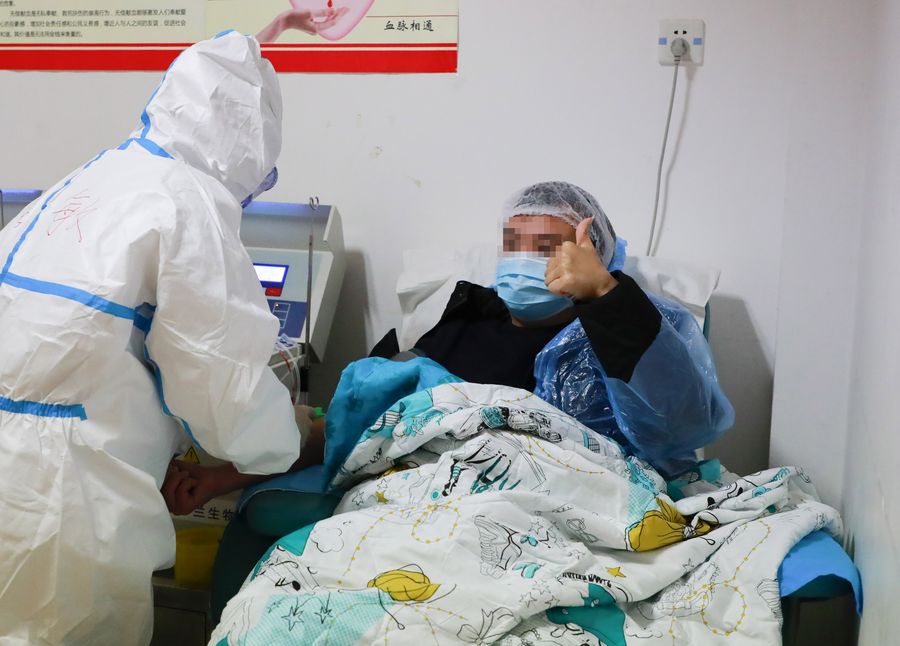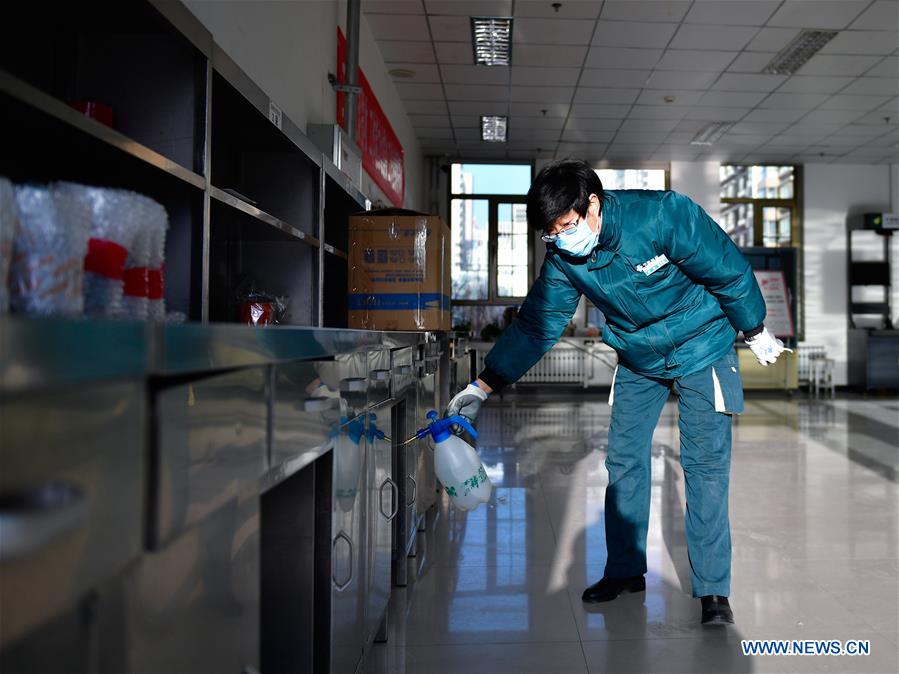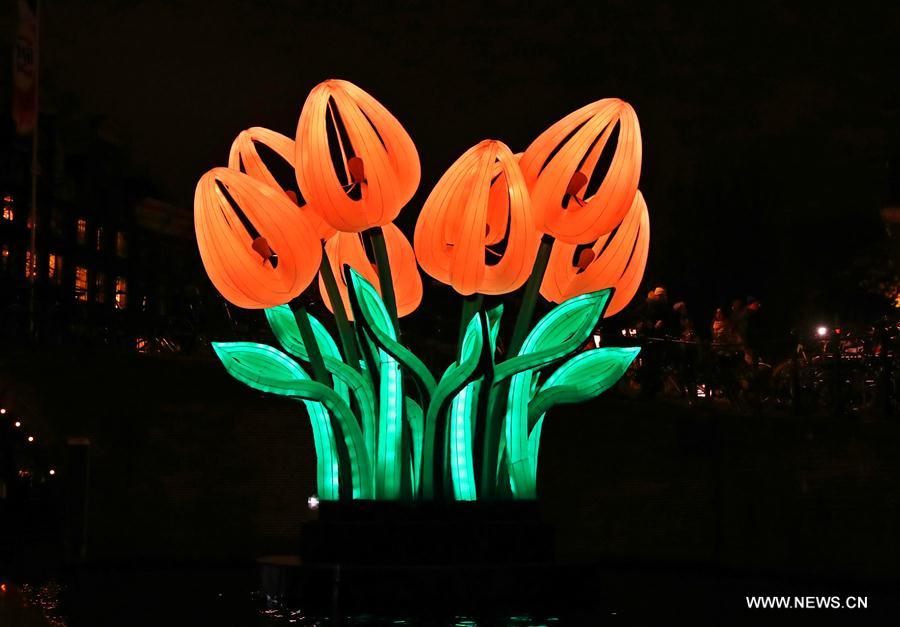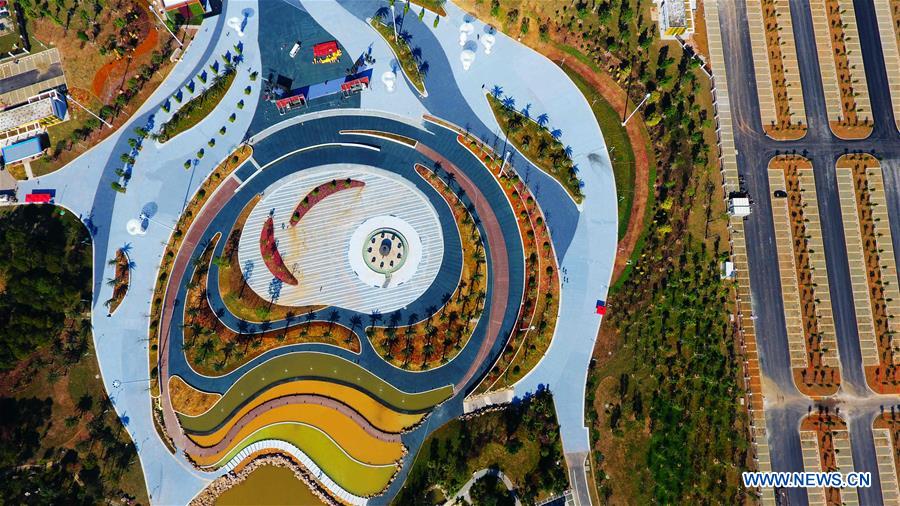Wuhan, the epicenter of the novel coronavirus outbreak, has taken unprecedented traffic restrictions since Jan. 23. The move comes at a high cost, but is a necessary step to not only help curb the epidemic in China, but also win precious time for the international community to prevent its further spread.
by Xinhua writers Ma Yujie, Ma Yunfei, Lu Yifan and Zhao Jiasong
WUHAN, Feb. 23 -- Sitting by the window, Cheng Chuchu (pseudonym) in Wuhan, a megacity in central China, bathed in the morning sun and opened a book she began reading just before falling ill a month ago.
She has a good appetite. "I had broccoli, sausage fried rice, beef stew, an orange and homemade soymilk for lunch," she said.
Cheng was just discharged from hospital, but is still in quarantine in her apartment.
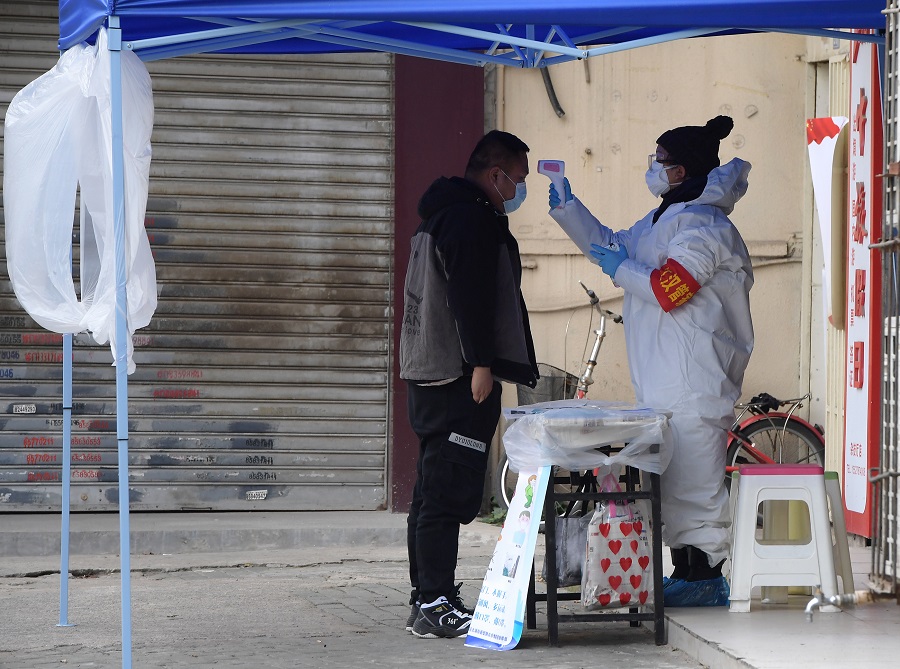
A staff member from Wuhan government department who works as a community inspector, measures a visitor's temperature at the entrance of a residential block in Wuhan, central China's Hubei Province, Feb. 10, 2020. (Xinhua/Li He)
By the end of Feb. 22, the novel coronavirus has claimed 2,442 lives and infected over 76,000 nationwide, according to the National Health Commission. Of them, 1,856 fatalities were reported in Wuhan, the epicenter of the virus outbreak, accounting for 76 percent of the total.
On Jan. 23, two days before the Spring Festival, or the Chinese Lunar New Year, China took traffic restrictions in Wuhan, home to over 10 million residents and capital of Hubei Province, to curb the spread of the deadly pathogen.
All urban public transportation, including city buses, ferries and metro lines have hence been suspended and outbound channels at the airport and rail stations closed.
All of a sudden, the city seemed stalled, with streets empty, restaurants closed and celebration of the Lunar New Year nowhere to be found. But some places are busier than ever, namely hospitals.

